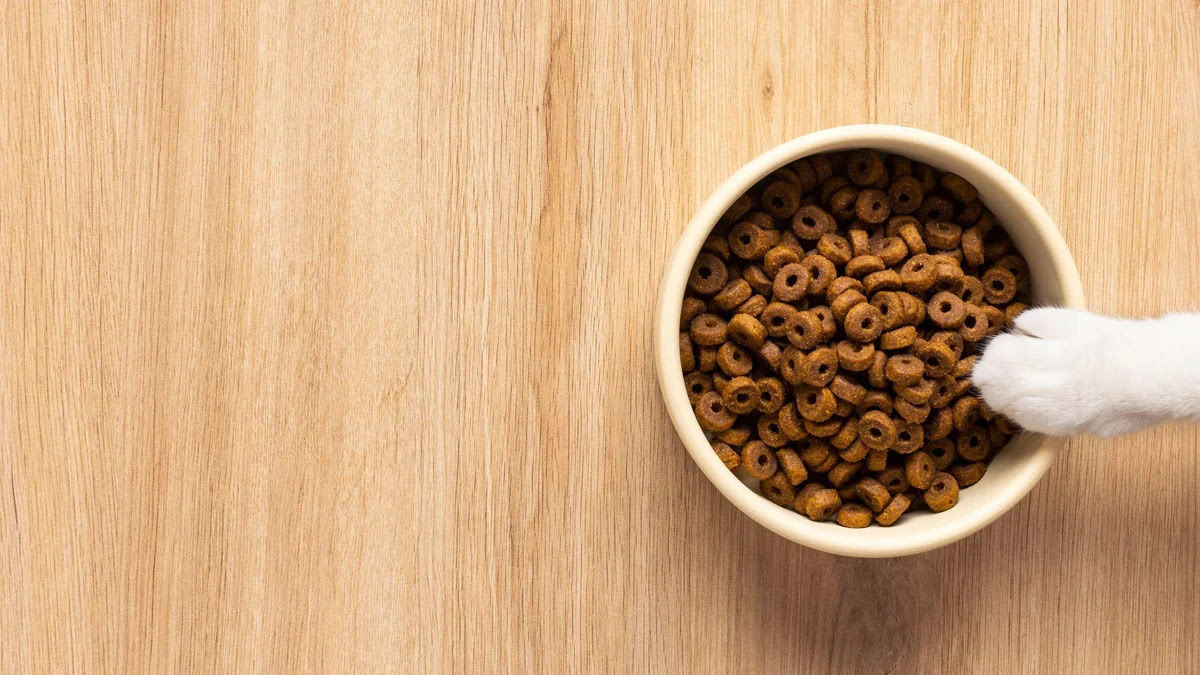

Articles
How To Store Dry Cat Food
Modified: December 7, 2023
Looking for articles on how to store dry cat food? Find useful tips and guidelines to keep your feline's food fresh and avoid spoilage.
(Many of the links in this article redirect to a specific reviewed product. Your purchase of these products through affiliate links helps to generate commission for Storables.com, at no extra cost. Learn more)
Introduction
When it comes to the health and well-being of our feline friends, providing them with high-quality nutrition is of utmost importance. Dry cat food is a popular choice among pet owners due to its convenience and long shelf life. However, to ensure that the dry cat food retains its nutritional value and remains fresh, proper storage is essential.
In this article, we will delve into the various factors to consider and best practices to follow when storing dry cat food. Whether you have just brought home a bag of dry cat food or you are looking to maximize the shelf life of your current supply, this guide will provide you with the necessary information to keep your cat’s food fresh and safe.
Importance of Properly Storing Dry Cat Food
Properly storing dry cat food is crucial for maintaining its nutritional value and preventing it from spoiling. Exposure to air, light, heat, and moisture can lead to the degradation of important nutrients and the growth of bacteria.
Additionally, improper storage can also attract pests, such as rodents and insects, which can contaminate the food and pose potential health risks to your cat.
By following the correct storage practices, you can extend the shelf life of the dry cat food, keep it fresh and palatable, and ensure that your furry friend receives the maximum nutritional benefits from each meal.
Factors to Consider Before Storing Dry Cat Food
Before we dive into the best practices for storing dry cat food, let’s consider a few important factors to keep in mind:
- Expiration Date: Always check the expiration date on the packaging before purchasing or storing dry cat food. Using the food past its expiration date can lead to nutritional deficiencies or potential illness.
- Quality of Packaging: Inspect the packaging for any tears, rips, or damage that may compromise the integrity of the food. If the packaging is compromised, transfer the food to an airtight container.
- Cat’s Health Condition: If your cat has specific dietary requirements or health conditions, consult with your veterinarian to determine the best way to store the food to maintain its freshness and nutritional value.
Best Practices for Storing Dry Cat Food
Now that we have considered the important factors, let’s explore the best practices for storing dry cat food:
- Seal the Original Packaging: If the dry cat food comes in a resealable bag, use the built-in seal to close it tightly after each use. This will help prevent the entry of air, moisture, and pests into the bag.
- Utilize Airtight Containers: For bags without resealable features, or if you prefer additional protection, transfer the dry cat food into an airtight container made of food-grade material. These containers help maintain the freshness of the food and keep it safe from pests.
- Store in a Cool, Dry Place: Find a cool and dry location to store the dry cat food. Excessive heat and humidity can accelerate the degradation of nutrients and promote the growth of bacteria. Avoid storing the food near appliances or areas prone to moisture, such as the kitchen sink.
- Avoid Sunlight: Exposure to direct sunlight can hasten the deterioration of the food and cause it to become stale. Keep the dry cat food away from windows or any area where it may be exposed to sunlight.
- Keep Away from Strong Odors: Dry cat food has a strong aroma that can attract pests. Store it away from any strong-smelling substances or chemicals that may contaminate the food.
Key Takeaways:
- Properly storing dry cat food is crucial for maintaining its nutritional value, preventing spoilage, and ensuring your cat’s health. Follow best practices to maintain freshness and safety.
- Check expiration dates, use airtight containers, and store in a cool, dry place to maintain the freshness and nutritional value of dry cat food. Avoid common mistakes and properly discard expired or contaminated food.
Read more: How To Store Dry Cat Food Long Term
Importance of Properly Storing Dry Cat Food
Properly storing dry cat food is crucial not only for maintaining its nutritional value but also for ensuring your cat’s health and safety. Here are several reasons why proper storage is of utmost importance:
- Prolongs Shelf Life: Dry cat food is designed to have a long shelf life, but this can be significantly shortened if it is not stored properly. Exposure to air, light, heat, and moisture can cause the food to spoil, leading to a loss of nutrients and a potential health risk to your cat.
- Maintains Nutritional Value: Dry cat food is carefully formulated to provide your feline companion with the essential nutrients they need to thrive. However, improper storage can lead to the deterioration of these vital nutrients, compromising the nutritional balance and overall quality of the food. By storing it correctly, you can help preserve the nutritional value and ensure that your cat is receiving the best possible diet.
- Prevents Bacterial Growth: Moisture is one of the primary factors that contribute to the growth of bacteria and mold. When cat food becomes moist or humid, it becomes a breeding ground for harmful microorganisms. Consuming contaminated food can result in digestive issues, food poisoning, or even more severe health problems for your feline friend. Proper storage helps to keep the dry cat food dry and free from bacteria, ensuring its safety for consumption.
- Avoids Pest Infestation: Improperly stored dry cat food can attract pests like rodents, insects, and even raccoons. These pests not only contaminate the food but also carry diseases that pose a risk to both your cat and your household. By storing the food in airtight containers and keeping it away from potential entry points, you can discourage pests and safeguard your cat’s health.
- Promotes Hygiene: Proper storage of dry cat food contributes to maintaining a hygienic environment for your cat. By preventing contamination and minimizing the exposure to external elements, you reduce the risk of bacterial growth and the spread of diseases. Additionally, storing the food in clean and well-maintained containers also ensures that no foreign substances or contaminants make their way into your cat’s food.
Remember, caring for your cat’s health starts with providing them with proper nutrition. By storing dry cat food correctly, you can ensure that the food remains fresh, safe, and packed with necessary nutrients for your feline companion’s well-being.
Factors to Consider Before Storing Dry Cat Food
Before you start storing dry cat food, there are several important factors to consider. These factors will help you ensure the safety and freshness of the food for your cat. Let’s take a closer look at each one:
- Expiration Date: Always check the expiration date on the packaging before purchasing or storing dry cat food. Using expired food can be harmful to your cat’s health, as the nutrients may have degraded, making the food less nutritious or even spoiled.
- Quality of Packaging: Inspect the packaging of the dry cat food before buying or storing it. Look for any signs of damage such as tears, rips, or holes. Damaged packaging can allow air, moisture, pests, or contaminants to enter the bag, compromising the quality and safety of the food. If the packaging is damaged, transfer the food to an airtight container.
- Cat’s Health Condition: Consider your cat’s specific dietary requirements and health conditions. Some cats may have allergies, sensitivities, or medical conditions that require special diets. Consult with your veterinarian to determine the best storage methods to maintain the freshness and nutritional value of the dry cat food, while also accommodating your cat’s unique needs.
- Batch Number: Look for the batch number or production date on the packaging. This information allows you to track and identify any potential issues or recalls related to the specific batch of dry cat food. If there are any concerns, contact the manufacturer for further guidance on proper storage and usage.
- Storage Space: Evaluate the storage space available in your home. Ensure that you have enough space to store the dry cat food properly. Consider the volume of food you typically purchase and the size of the packaging. It’s important to have a dedicated area or storage solution that provides a controlled environment to maintain the food’s freshness.
By taking these factors into account, you can make informed decisions about purchasing and storing dry cat food. This will help you keep your cat’s food fresh, safe, and nutritionally valuable for their overall well-being.
Best Practices for Storing Dry Cat Food
Proper storage of dry cat food is essential to maintain its freshness, nutritional value, and safety for your feline companion. Follow these best practices to ensure optimal storage:
- Seal the Original Packaging: If the dry cat food comes in a resealable bag, use the built-in seal to close it tightly after each use. This helps to prevent air, moisture, and pests from entering the bag and compromising the food’s quality.
- Utilize Airtight Containers: If the dry cat food does not come in a resealable bag or if you prefer additional protection, transfer the food to an airtight container made of food-grade material. Airtight containers are designed to keep moisture and contaminants out while locking in the food’s freshness. Make sure the container is clean and dry before transferring the food.
- Store in a Cool, Dry Place: Find a cool and dry location to store the dry cat food. Excessive heat and humidity can accelerate the degradation of nutrients and promote the growth of bacteria. Avoid storing the food near appliances or areas prone to moisture, such as the kitchen sink. A pantry or a dedicated storage area away from direct sunlight is ideal.
- Avoid Sunlight: Exposure to direct sunlight can hasten the deterioration of the food and cause it to become stale. Choose a storage location away from windows or any area where the food may be exposed to sunlight. This helps to preserve the food’s quality and prevent nutrient degradation.
- Keep Away from Strong Odors: Dry cat food has a strong aroma that can attract pests. Store the food away from any strong-smelling substances or chemicals that may transfer odors to the food. Keeping it in a separate, enclosed space can minimize the risk of contamination and maintain the food’s integrity.
- Monitor Temperature and Humidity: Regularly check the temperature and humidity levels in the storage area. High temperatures and humidity can cause the food to spoil more quickly. Aim to keep the storage area at a temperature below 80°F (27°C) and humidity levels below 15-20% to ensure optimal preservation of the food.
- Rotate the Stock: To ensure your cat consumes fresh food, practice the “first in, first out” method. Place newly purchased bags or containers behind the older ones. This way, you will use the older stock first, reducing the chances of food going past its expiration date.
- Regular Cleaning: Clean and sanitize the storage container regularly to prevent the build-up of bacteria or contaminants. Use mild dish soap and warm water to clean the container, and ensure it is completely dry before adding fresh food.
By following these best practices, you can maintain the freshness, nutritional value, and safety of the dry cat food, providing your feline friend with a healthy and enjoyable meal every time.
Choosing the Right Storage Container
When it comes to storing dry cat food, choosing the right storage container is crucial for maintaining its freshness, quality, and safety. Here are some factors to consider when selecting a storage container:
- Material: Opt for a storage container made of food-grade material. This ensures that no harmful substances will leach into the cat food and contaminate it. Plastic containers labeled as BPA-free are a good option, as they are safe for storing food.
- Airtightness: Look for a container with a secure, airtight seal. This helps to keep air, moisture, and pests out, preserving the freshness and quality of the dry cat food. An airtight seal also prevents the odors from the food from permeating your storage area.
- Size: Choose a container that can accommodate the amount of dry cat food you typically purchase. Consider the volume of food you buy and the frequency of restocking. Selecting an appropriately-sized container will help prevent unnecessary exposure of the food to air and maintain freshness.
- Easy to Clean: Opt for a container that is easy to clean and maintain. Look for containers with smooth surfaces and minimal crevices where food particles can accumulate. Containers that are dishwasher-safe or easy to hand wash and dry are convenient options for maintaining hygiene.
- Transparency: Consider choosing a transparent or semi-transparent container. This allows you to monitor the quantity and condition of the dry cat food easily. You can quickly determine when it’s time to restock or check for any signs of spoilage or pests.
- Sturdy and Durable: Ensure that the storage container is sturdy and can withstand regular use. It should be durable enough to resist cracking, breaking, or becoming easily damaged. This will help maintain an airtight seal and protect the dry cat food from potential contaminants.
- Space Efficiency: Consider the space available for storage. Choose a container that fits easily into your pantry, cabinet, or designated storage area. If you have limited space, look for containers with stackable or nesting features to optimize storage space.
By considering these factors, you can select the most suitable storage container for your dry cat food. Remember to clean and sanitize the container regularly to maintain its integrity and ensure the longevity of the food’s freshness and quality.
Store dry cat food in a cool, dry place, away from direct sunlight and moisture. Keep the food in its original packaging or an airtight container to maintain freshness and prevent pests.
Read more: How To Store Dried Apricots
Tips for Maintaining Dry Cat Food Freshness
Maintaining the freshness of dry cat food is essential to ensure that your feline friend receives the best nutrition and enjoys optimal taste. Here are some tips to help you keep dry cat food fresh:
- Check Expiration Dates: Always check the expiration dates before purchasing dry cat food. Avoid buying large quantities that will take a long time to consume to prevent the food from going stale or losing its nutritional value.
- Keep the Bag Sealed: Seal the original packaging of the dry cat food tightly after each use. This helps prevent air and moisture from entering, which can lead to spoilage and degradation of nutrients. If the bag does not have a resealable feature, use clips or airtight containers.
- Avoid Transferring to Bulk Containers: It is not recommended to transfer dry cat food to large bulk storage containers unless the original packaging is damaged. The packaging is designed to protect the food from light, moisture, and air, so leaving it in the original bag helps maintain its freshness. If you do transfer the food, ensure that the container is airtight and made of food-grade material.
- Store in a Cool Place: Heat can accelerate the deterioration of dry cat food, leading to nutrient loss and rancidity. Store the food in a cool location away from direct sunlight and sources of heat, such as radiators and stoves.
- Avoid Freezing: Dry cat food should not be stored in the freezer, as it can impact both the texture and the nutritional value of the food.
- Monitor the Storage Area: Regularly check the storage area for any signs of pests or moisture. Insects or rodents can contaminate the food, while excess moisture can lead to mold and spoilage.
- Don’t Mix Old and New Food: When restocking dry cat food, avoid combining old and new food in the storage container. Try to use up the older food first to prevent it from going past its expiration date.
- Keep the Storage Area Clean: Periodically clean and sanitize the storage area and containers. Remove any spilled food or debris to avoid attracting pests and preventing the growth of bacteria.
- Avoid Strong Odors: Dry cat food is sensitive to odors and can easily absorb them. Store the food away from strong-smelling substances to maintain its taste and quality.
By following these tips, you can ensure that your dry cat food remains fresh, nutritious, and enticing to your feline companion. Remember to always check the quality and condition of the food before serving it to your cat.
Common Mistakes to Avoid While Storing Dry Cat Food
Proper storage of dry cat food is crucial for maintaining its freshness, nutritional value, and safety. To ensure that you are storing the food correctly, here are some common mistakes to avoid:
- Exposing the Food to Air: Leaving the bag of dry cat food open or not properly sealing it allows air to enter, which can lead to the food becoming stale and losing its nutritional value. Always seal the bag tightly after each use.
- Using Damaged Packaging: Packaging that is torn, ripped, or compromised in any way can expose the food to air, moisture, and pests. Transfer the dry cat food to an airtight container if the original packaging is damaged.
- Storing in the Wrong Location: Placing dry cat food near heat sources, such as radiators or stoves, can accelerate the degradation of nutrients. Avoid storing it in areas with direct sunlight or high humidity, as these conditions can promote bacterial growth and spoilage.
- Not Checking Expiration Dates: Failing to check the expiration dates on the packaging can result in using expired food that may have lost its nutritional value or become a potential health risk. Always be mindful of the expiration date and follow proper storage guidelines.
- Transferring to Improper Containers: While it may be tempting to transfer dry cat food to large bulk containers, it is best to leave the food in its original packaging unless it is damaged. The packaging is designed to protect the food from light, air, and moisture, helping to maintain its freshness and quality.
- Not Cleaning the Storage Container: Neglecting to clean and sanitize the storage container regularly can result in the build-up of bacteria and contaminants. Regular cleaning helps maintain hygiene and prevents the transfer of odors to the food.
- Mixing Old and New Food: When restocking dry cat food, avoid mixing the old and new food in the same container. Use up the older food first to prevent it from going past its expiration date and maintain freshness.
- Storing in an Unsuitable Environment: Storing dry cat food in areas prone to high temperature and humidity, such as garages or basements, can accelerate spoilage and the growth of bacteria. Choose a cool, dry location away from potential sources of heat and moisture.
- Not Monitoring for Pest Infestation: Failing to regularly check the storage area for signs of pests can lead to contamination of the dry cat food. Insects and rodents are attracted to the food and can pose health risks to your cat. Stay vigilant and address any pest infestations promptly.
By avoiding these common mistakes, you can ensure that you maintain the freshness, quality, and safety of your dry cat food, providing your feline companion with the very best nutrition and reducing the risk of potential health issues.
Properly Discarding Expired or Contaminated Dry Cat Food
Knowing how to properly discard expired or contaminated dry cat food is crucial to ensure the safety and health of your feline companion. Here are some guidelines on how to handle and dispose of such food:
- Check for Signs of Contamination: Regularly inspect the dry cat food for any signs of contamination, such as an unusual smell, mold growth, pests, or damage to the packaging. If you notice any of these signs, it is best to err on the side of caution and discard the food.
- Separate Contaminated Food: If you discover that a portion of the dry cat food is contaminated or expired, separate it from the rest of the food to prevent any cross-contamination. If the contamination has spread to the surrounding food, it’s recommended to discard the entire batch.
- Do Not Feed Expired or Contaminated Food: Never feed your cat expired or contaminated dry cat food. Consuming such food can lead to digestive issues, food poisoning, or other health problems. Always prioritize your cat’s well-being and provide them with fresh, safe food.
- Follow Local Regulations: Check your local regulations and guidelines regarding the disposal of pet food. Some areas may have specific rules for disposing of expired or contaminated food. Follow the local guidelines to ensure proper and responsible disposal.
- Package the Food Securely: Place the expired or contaminated dry cat food in a secure bag or container to prevent pests from accessing it and to minimize the risk of odors spreading. Use a sturdy and sealable bag that is designated for waste disposal.
- Label the Packaging: Clearly label the packaging as “Expired” or “Contaminated” to ensure that it is handled appropriately during waste collection or disposal. This helps to inform others about the contents and prevents accidental consumption.
- Dispose According to Local Guidelines: Check with your local waste management or recycling facility to determine the proper method of disposal. Some areas may have specific instructions on how to dispose of pet food waste. Follow these guidelines to ensure the proper and responsible disposal of expired or contaminated dry cat food.
- Avoid Dumping in the Trash: Dumping dry cat food directly into the regular trash can attract pests and create an unsanitary living environment. Always dispose of it according to the proper waste disposal procedures to prevent potential health hazards.
- Prevent Future Contamination: Take steps to prevent future contamination by storing dry cat food properly and regularly inspecting it for signs of spoilage or pests. By maintaining proper storage practices, you can minimize the risk of contamination and ensure your cat’s safety.
Properly discarding expired or contaminated dry cat food is essential for maintaining a healthy environment for both you and your cat. By following these guidelines, you can ensure that you are responsibly handling and disposing of such food to prevent any potential risks.
Conclusion
Proper storage of dry cat food is key to maintaining its freshness, nutritional value, and safety for your feline companion. By following the best practices outlined in this article, you can ensure that the food remains palatable and nutritious, while minimizing the risk of spoilage, contamination, and the attraction of pests.
Remember to check the expiration dates and inspect the packaging for any signs of damage before purchasing or storing dry cat food. Choose airtight containers made of food-grade material to maintain the food’s integrity, and store it in a cool, dry location away from direct sunlight and heat sources.
It is crucial to avoid common mistakes such as exposing the food to air, transferring it to improper containers, and neglecting to clean the storage area. Additionally, properly discarding expired or contaminated dry cat food is vital to ensure your cat’s safety and prevent any potential health risks.
By implementing these tips and guidelines, you can provide your feline companion with fresh, safe, and nutritionally valuable dry cat food. A little effort in proper storage can go a long way in maintaining your cat’s health and well-being.
Remember, a healthy diet contributes greatly to your cat’s overall vitality and longevity. So, take the time to invest in proper storage practices for their dry cat food and enjoy the peace of mind knowing you are providing them with the best possible nutrition.
Frequently Asked Questions about How To Store Dry Cat Food
Was this page helpful?
At Storables.com, we guarantee accurate and reliable information. Our content, validated by Expert Board Contributors, is crafted following stringent Editorial Policies. We're committed to providing you with well-researched, expert-backed insights for all your informational needs.
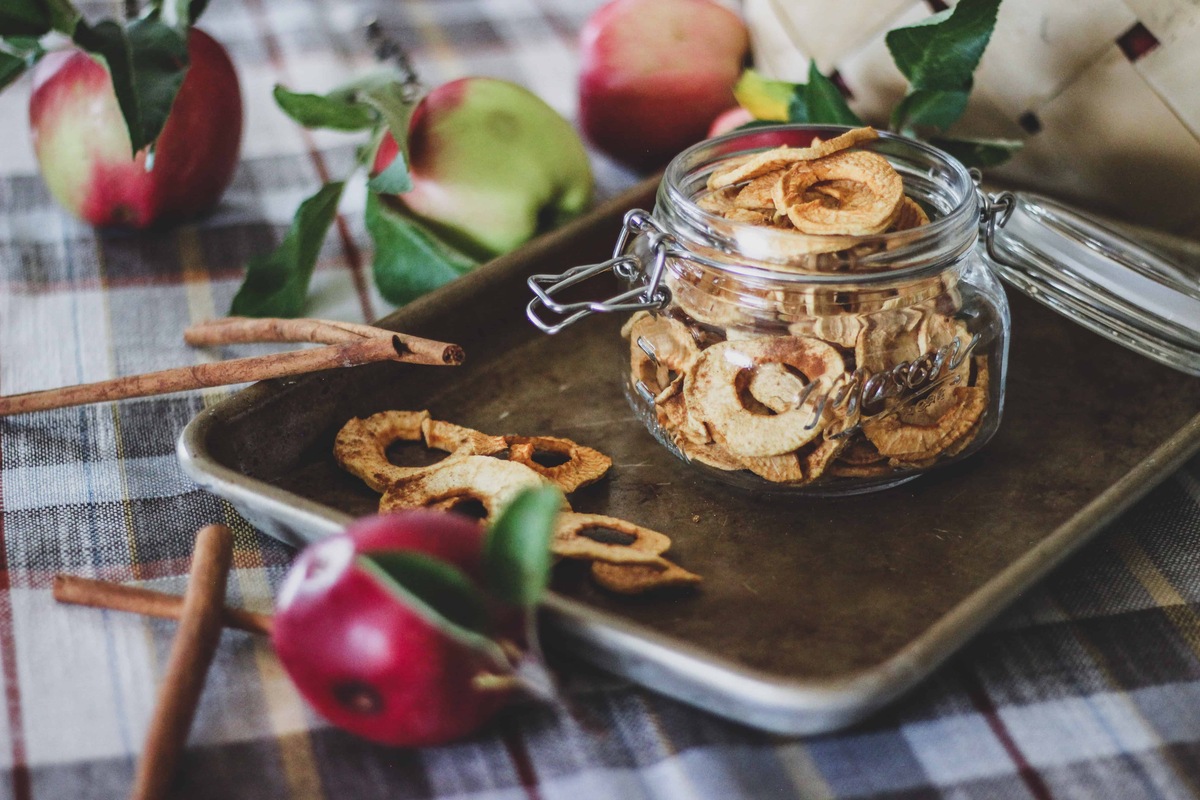


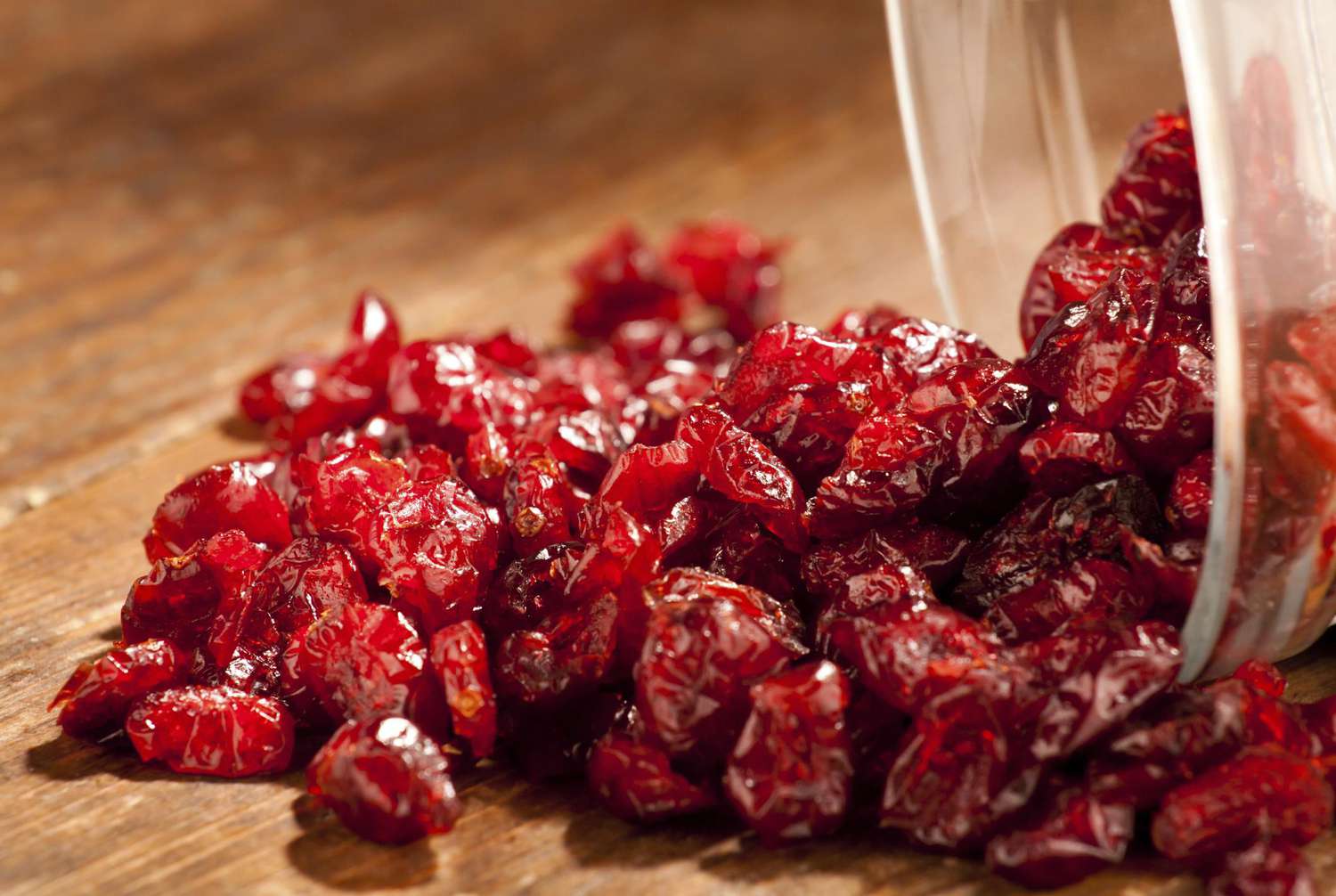



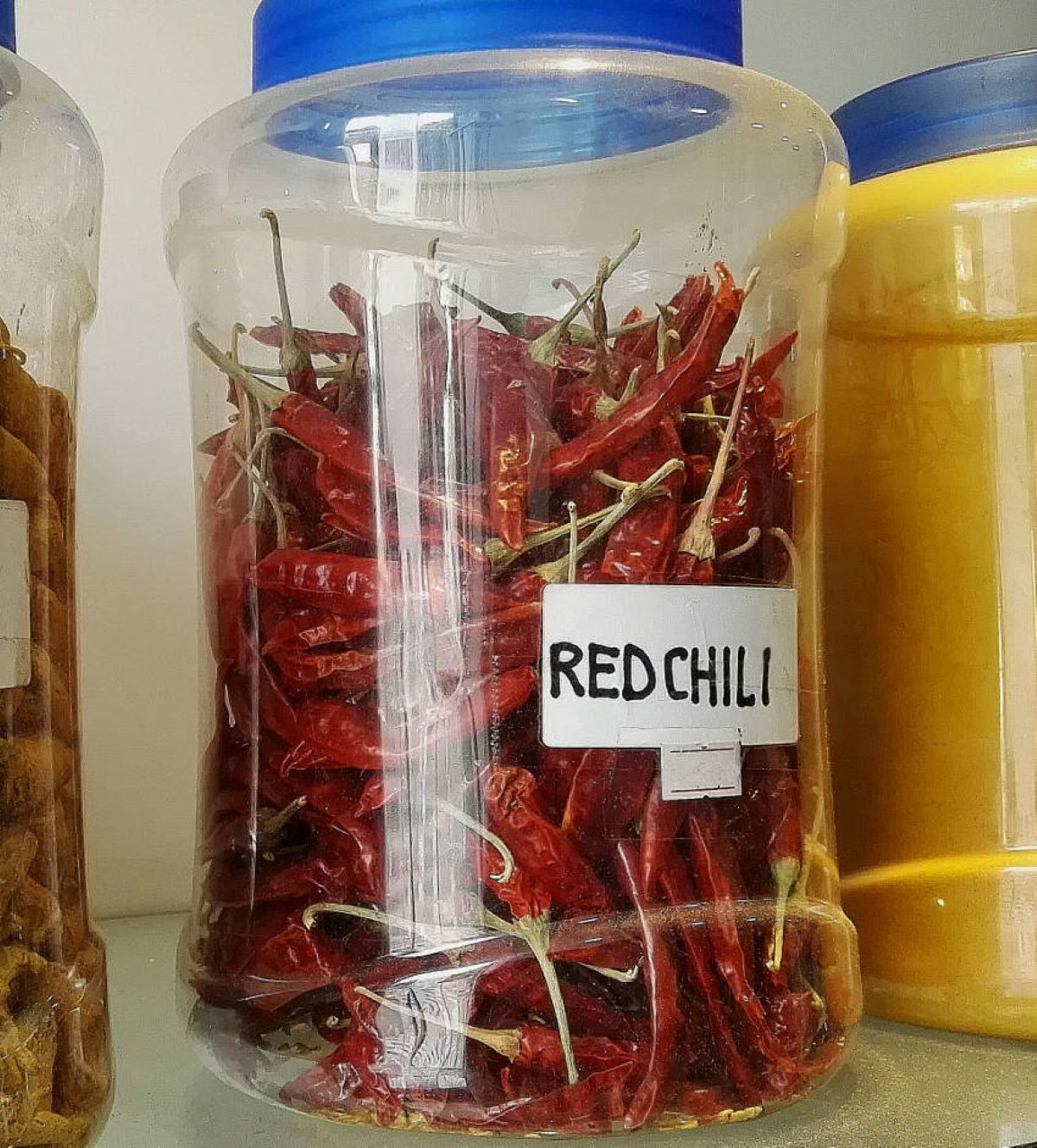
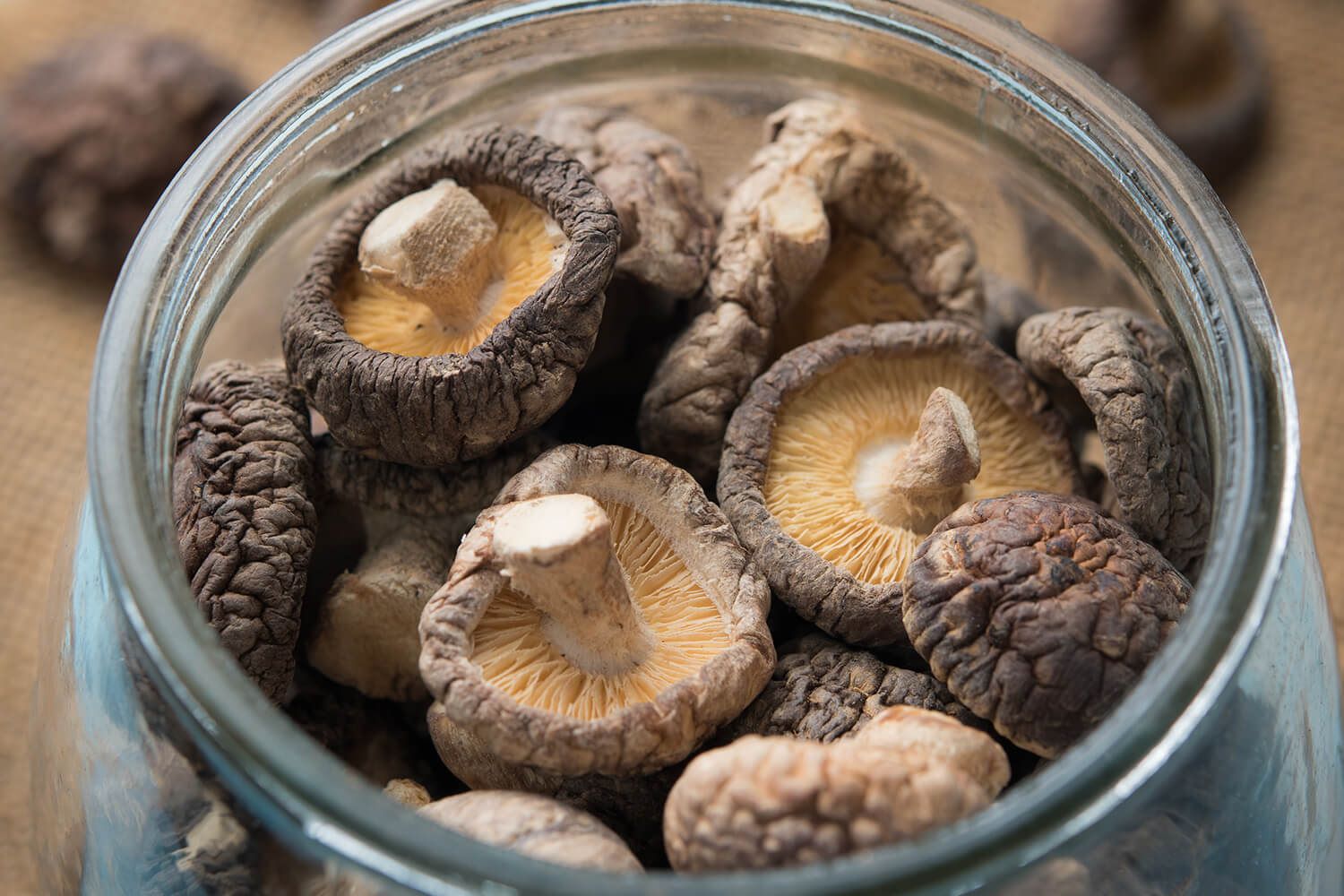

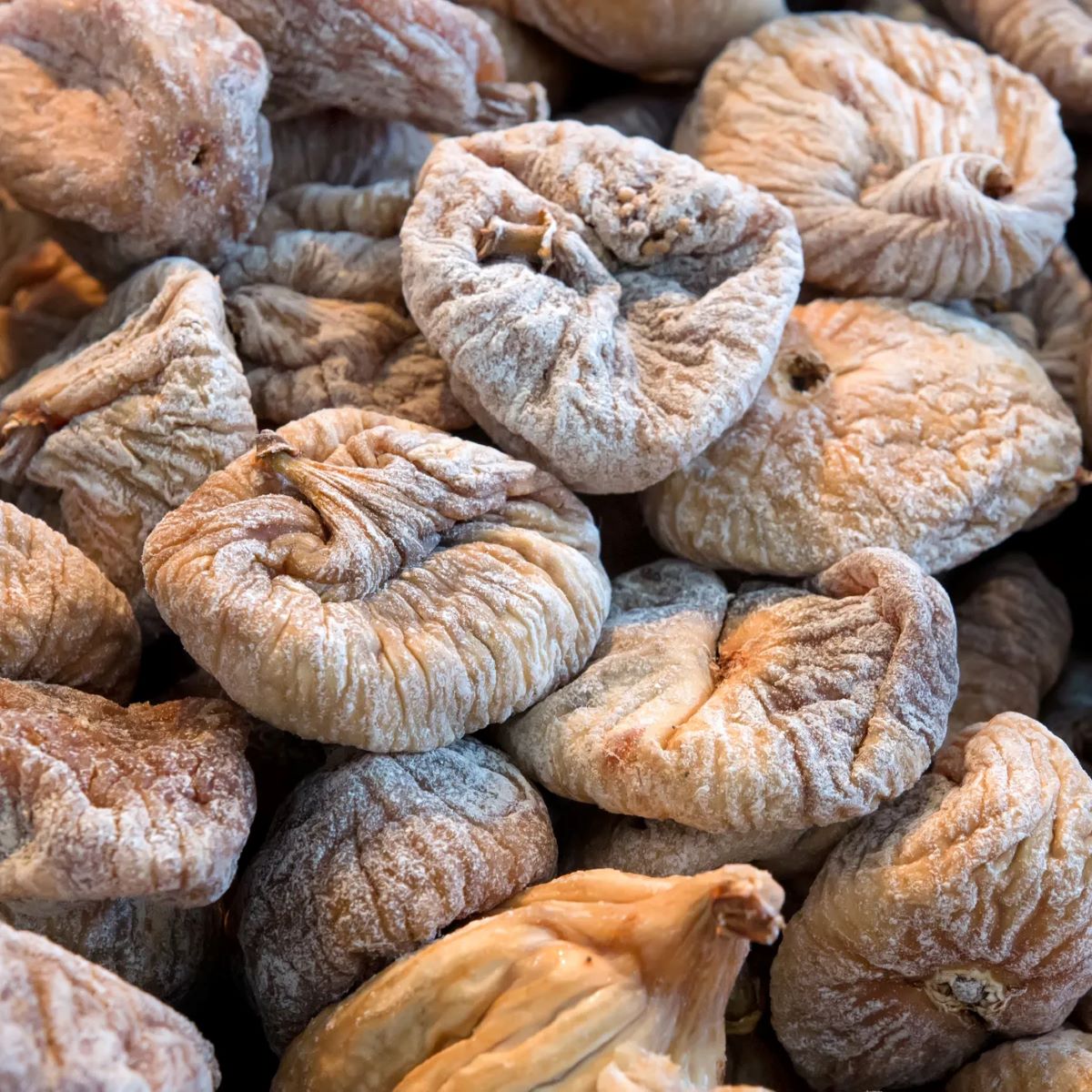
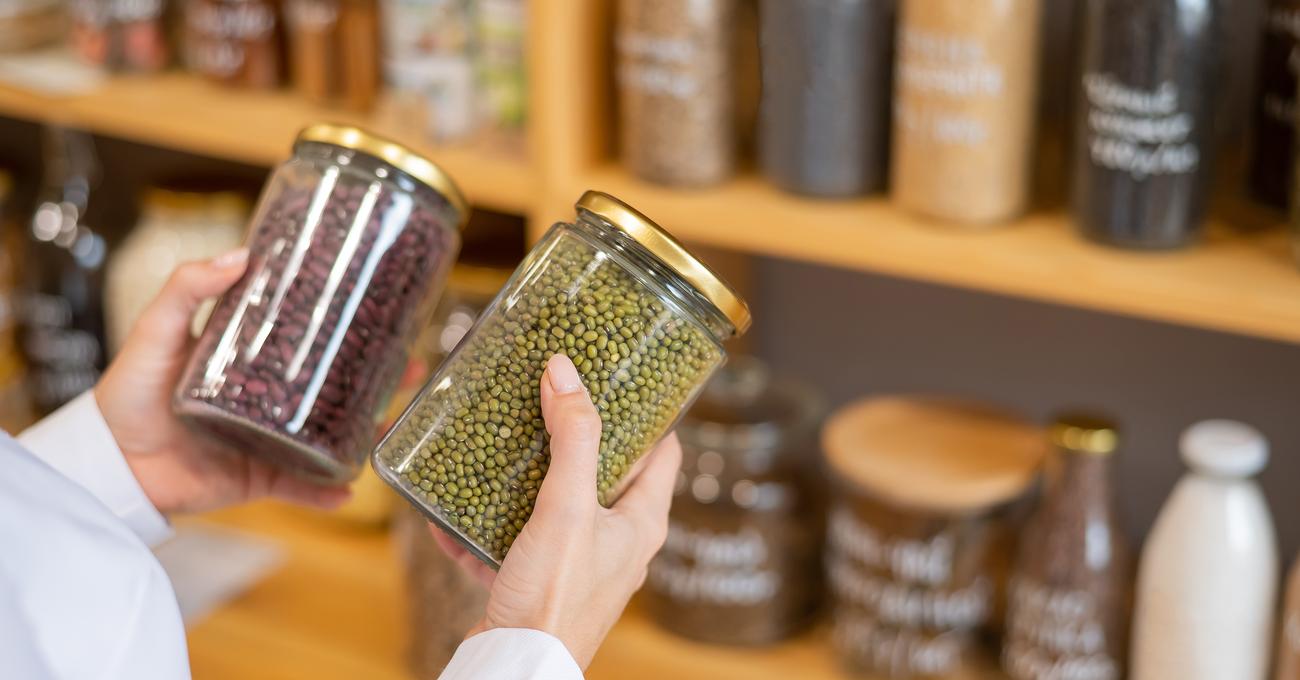
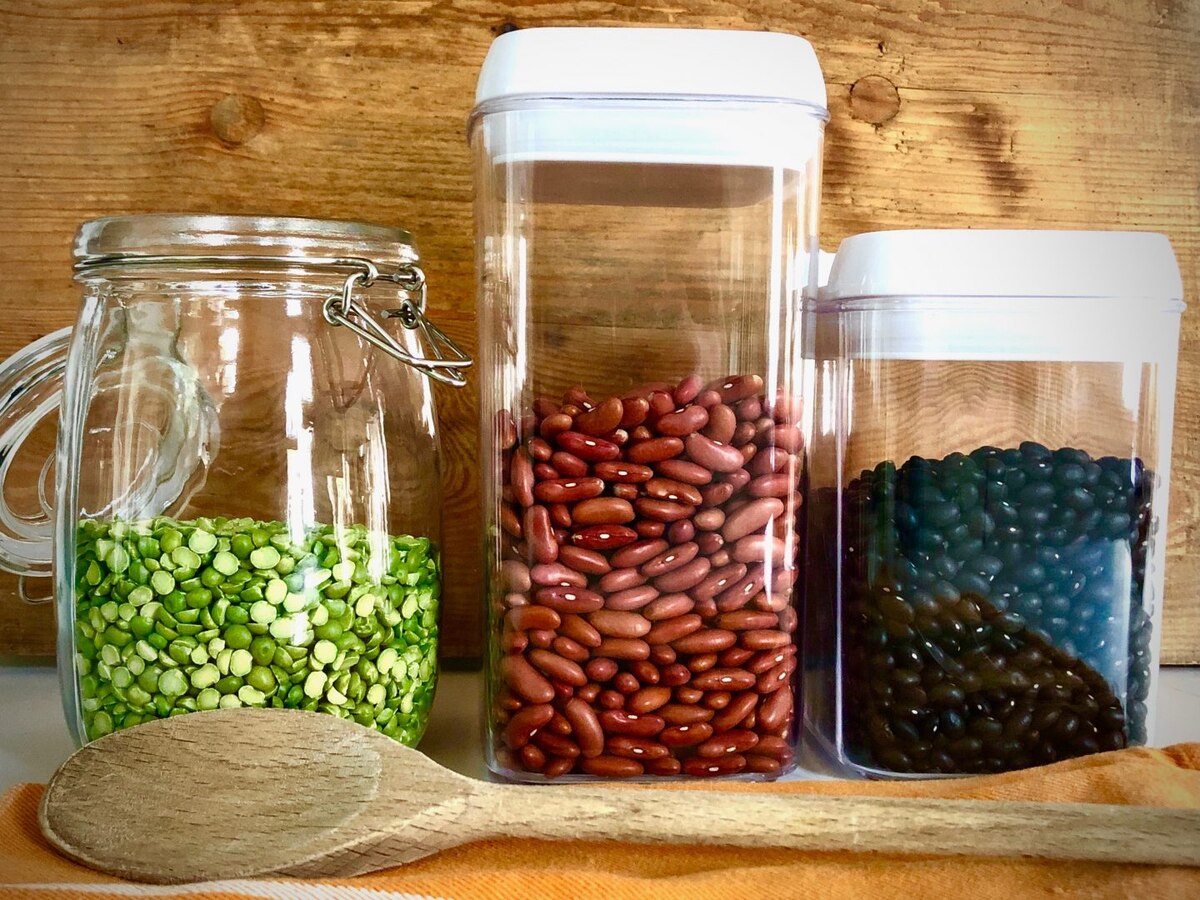
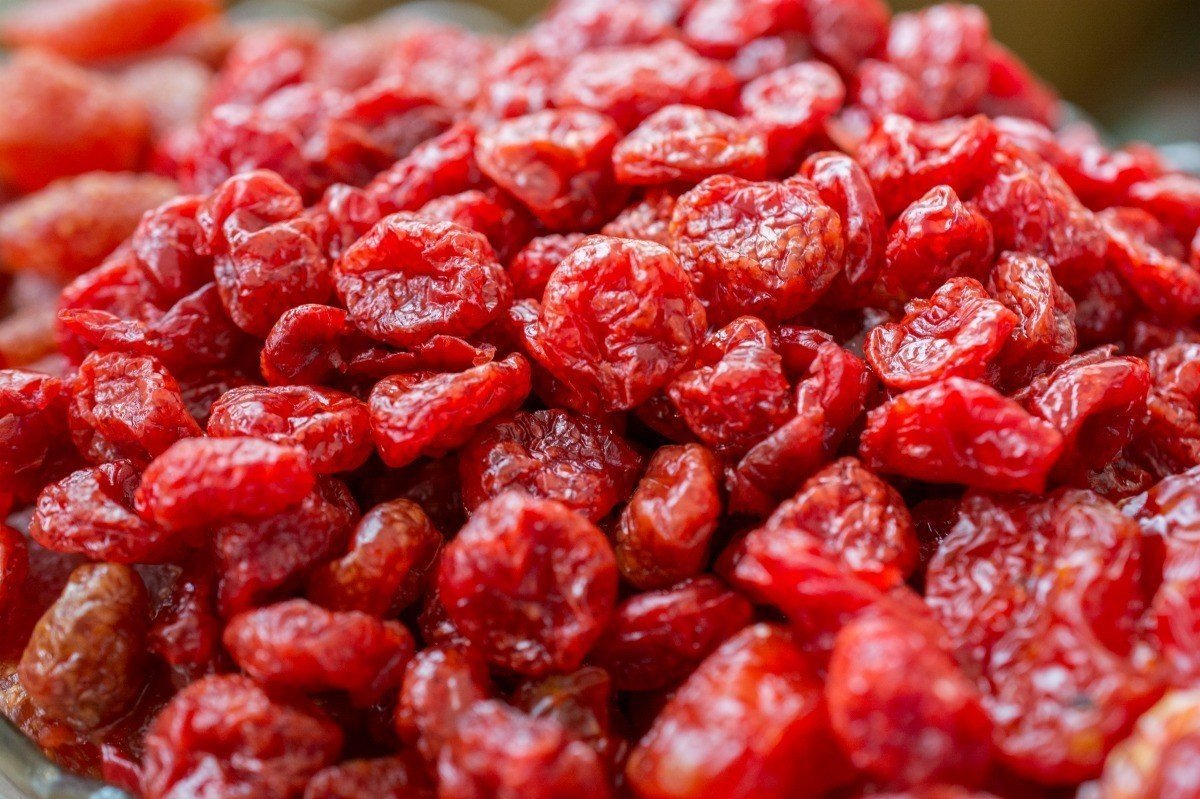

0 thoughts on “How To Store Dry Cat Food”